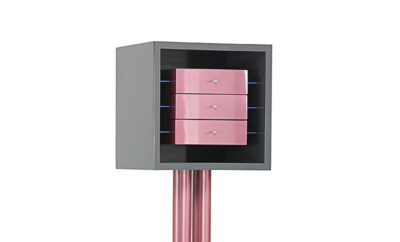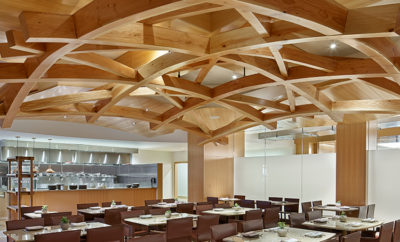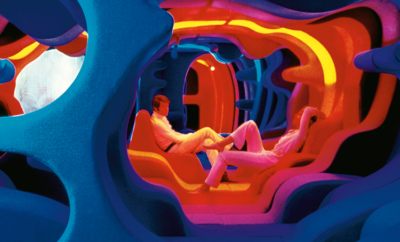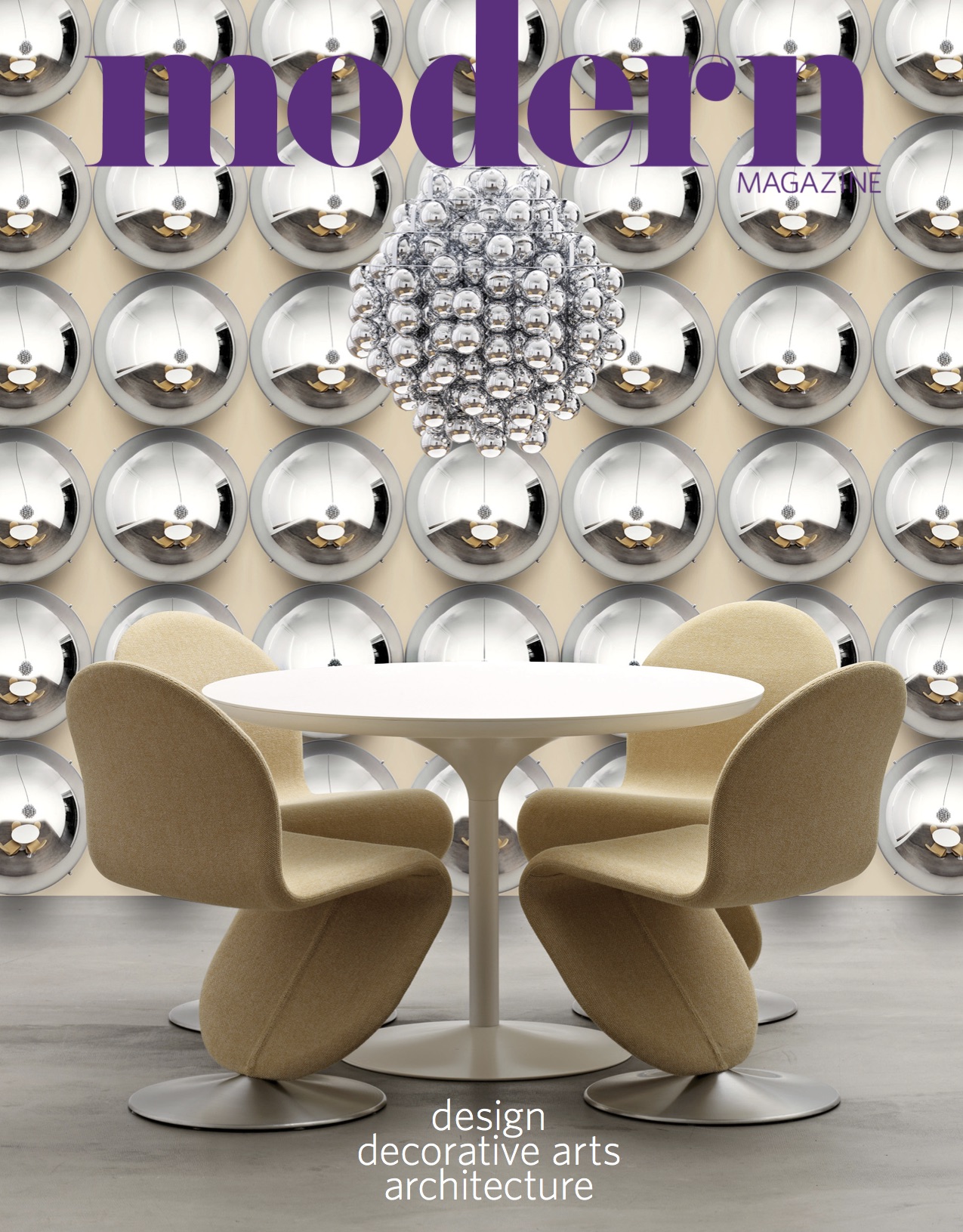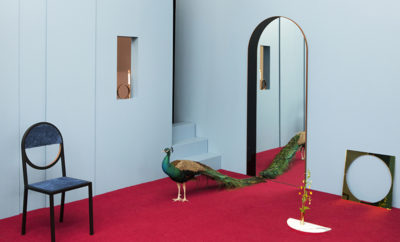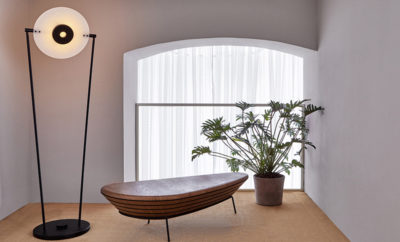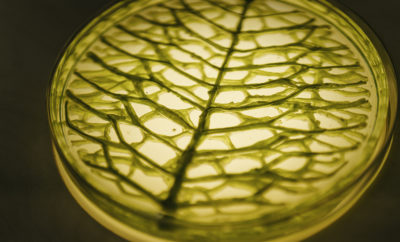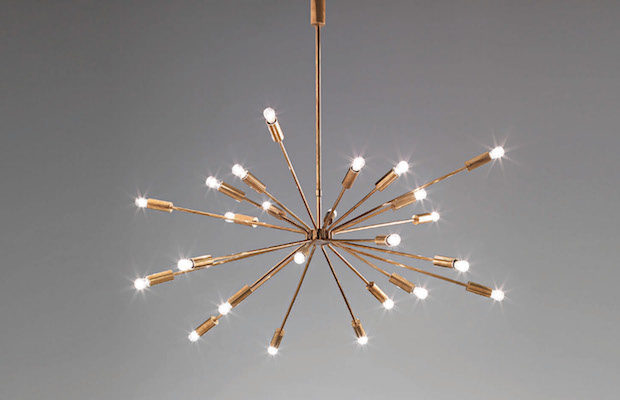 COURTESY PHILLIPS/PHILLIPS.COM
COURTESY PHILLIPS/PHILLIPS.COM
Design
Lighting the Way: The Best Early Modern Lamps
When we consider modern design, the emphasis is often on the decade or so following World War II. The reasoning, which is justified, can be condensed into a few critical ideas, including the necessity of rebuilding (and re-furnishing) Europe, the enhanced abilities and possibilities of mass-production, and a general philosophical inclination toward the new and the future. Too often, it’s as if there is an invisible frontier that excludes earlier objects.
In fact, early modernism is ripe for discovery. Many of the lights fixtures featured here are remarkably under-appreciated or even unknown, even though their aesthetic innovations were repeatedly duplicated or interpreted in succeeding decades, up to today. I suspect that even readers familiar with certain models will be surprised at how early their designs date. None of the designers are obscure, and their contributions to either design or architecture of the twentieth century is considered. Several of the lights boast new technologies (notably bulbs), materials, or production possibilities of the day.
Perhaps the key factor uniting the examples featured is that they are still remarkable today, whether isolated on a museum plinth or in a contemporary interior. They all reflect a fierce rejection of the reigning styles of their era and the assertion of a new aesthetic sensibility, often accomplished “simply” by dismissing ornamentation. All have an overt sculptural presence even if the forms are simple, the materials are modest, or the surfaces are unadorned.
Of course this list is highly subjective and certainly not exhaustive. In the end, it is about a desire to retreat behind the 1945 frontier and illuminate a group of iconic, or deserve-to-be-iconic, light fixtures from the first half of the twentieth century.
Donald Deskey (1894– 1989) table lamp circa 1927

COURTESY SOTHEBY’S
INTEREST IN AND AWARENESS of twentieth-century design has typically favored postwar creators and objects, especially in the case of American design. Raymond Loewy, Gilbert Rohde, and Donald Deskey are vastly overshadowed by the Eameses, Florence Knoll and her crew, Paul Evans, and others. However, occasionally the market announces that this imbalance is ripe for recalibration. In December 2015 Sotheby’s sold Deskey’s stacked triangular table lamp for an impressive $274,000, validating him as a key figure in the American design canon. Deskey worked in a surprising number of disciplines: visual merchandising; interior, furniture, and accessory design; fine art; and graphic design. He designed the Crest toothpaste and Tide laundry detergent logos, although they’ve been tweaked over the years. However, it is erroneous to think that he was a populist designer focused on the mass market. He won a competition to complete the interior decoration of Radio City Music Hall—an immediate sensation that led to other high-end commissions including private residences for the Rockefellers (in 1929) and Helena Rubinstein (in 1930), among others. In terms of his furniture and lighting design Deskey created bespoke or highly limited luxe pieces that were influenced by European modernism, while maintaining a light allegiance to art deco. Deskey was also eager to embrace unconventional or new materials (such as Bakelite, plastic laminates, and tubular steel) for residential products. In this table lamp he embodied the trends emerging in Europe, namely geometric compositions replacing ornament, historical motifs, and interpretations of nature. There happens to be a Pierre Chareau Triple Sloping Block sconce from 1923 whose overall form is reminiscent of this lamp, though whether by coincidence or homage has not been established. Deskey’s table lamp (six examples are known to exist) is exceptional for its form and material. Realized in silveror chrome-plated metal, with a shape that recalls both the theaters and the skyscrapers of its day in New York City, it is an important American design that captures the intersection of material, form, function, and an aesthetic for a new, rapidly modernizing era.


